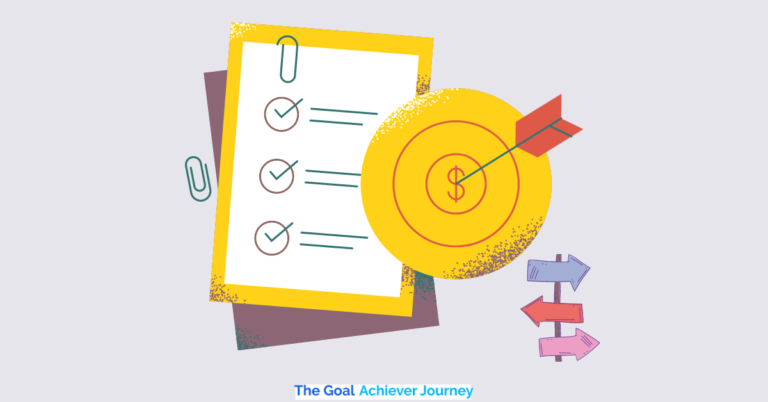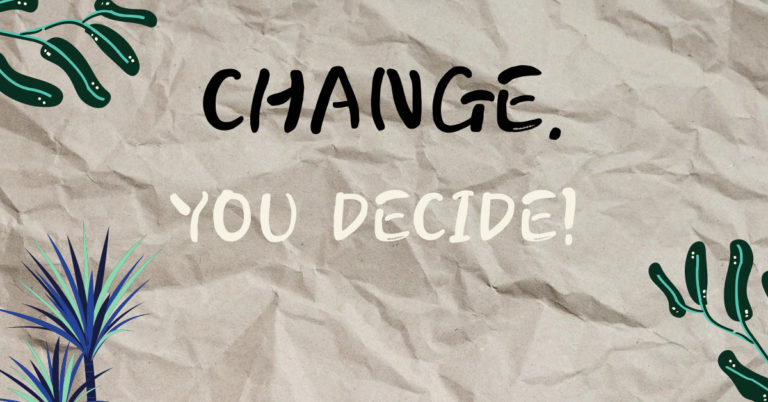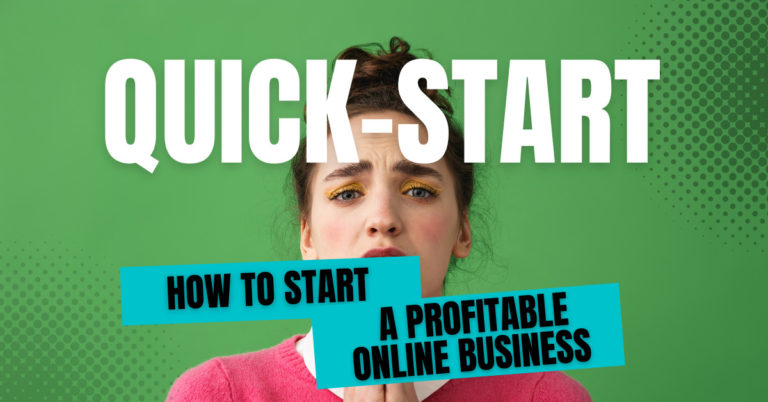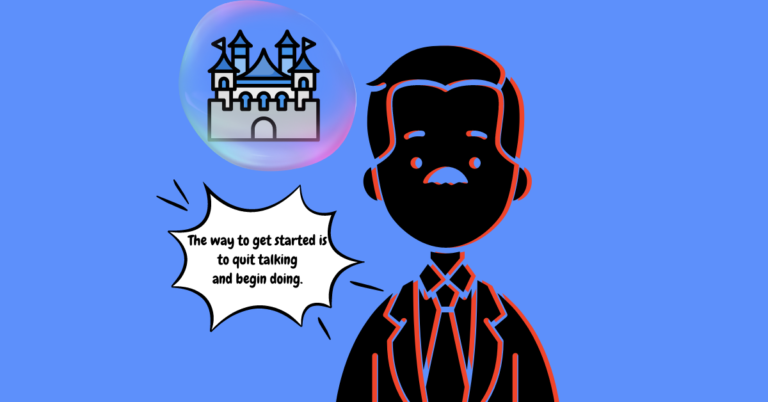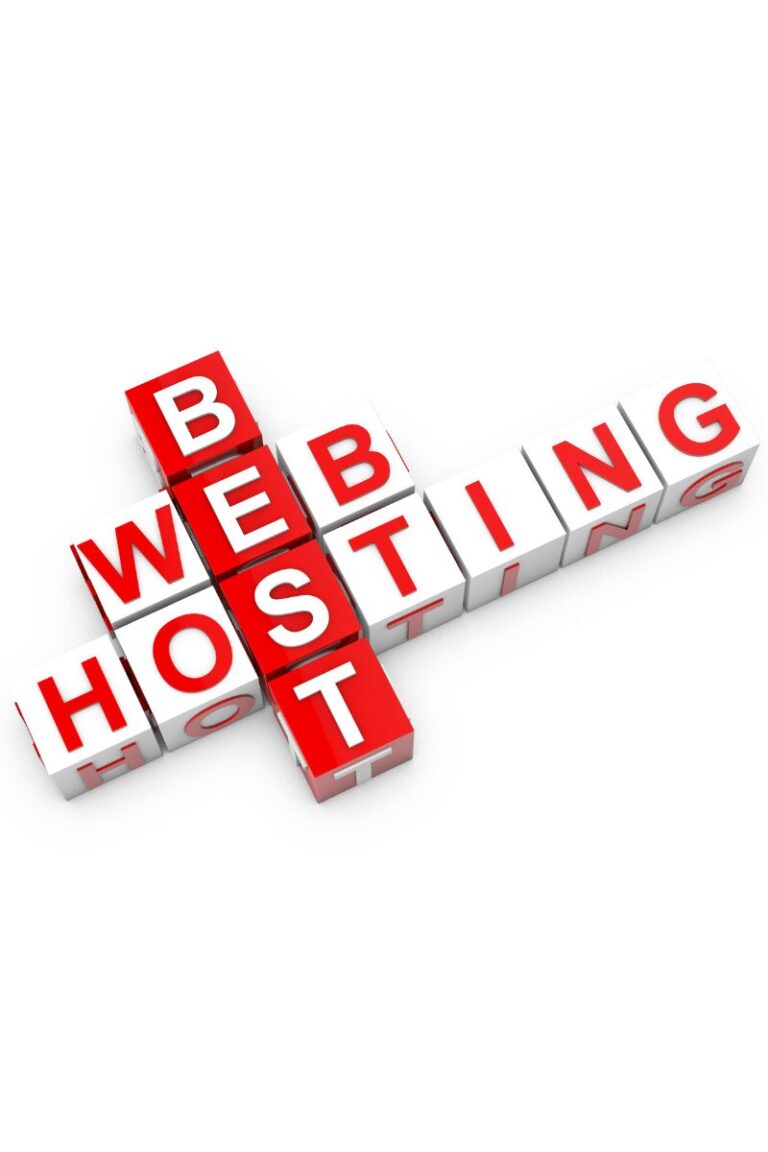Dealing with Entrepreneurial Burnout: 10 Warning Signs and Proven Recovery Strategies for 2025
“I built a successful business but lost myself in the process.” These haunting words from tech entrepreneur Sarah Chen perfectly capture the silent epidemic sweeping through the entrepreneurial world – burnout affects 72% of entrepreneurs, yet most suffer in silence, mistaking exhaustion for dedication!
The entrepreneurial journey is often romanticized as an endless hustle toward success, but the reality is far more complex. Behind every overnight success story are countless sleepless nights, mounting pressure, and the weight of constant decision-making that can crush even the most resilient spirits.
I’ve witnessed brilliant entrepreneurs transform from passionate visionaries into hollow shells of their former selves, all because they ignored the warning signs of burnout. The irony? Many discover that their relentless pursuit of success actually sabotages their ability to achieve it.
But here’s the truth that nobody talks about: entrepreneurial burnout isn’t a badge of honor – it’s a business-threatening condition that demands immediate attention and strategic intervention. The good news? It’s completely preventable and absolutely recoverable when you know what to look for and how to respond.
In this comprehensive guide, you’ll discover the 10 critical warning signs of entrepreneurial burnout that most business owners miss, plus proven recovery strategies that have helped thousands of entrepreneurs reclaim their passion, restore their health, and build more sustainable businesses. Your success depends on your well-being – let’s make sure you protect both!
Key Takeaways
- Entrepreneurial burnout affects more than 70% of business owners, with symptoms that can severely impact both business performance and personal health
- Warning signs like chronic fatigue, decision paralysis, and emotional detachment are early indicators that require immediate intervention
- Implementing structured recovery strategies can not only alleviate burnout symptoms but create more sustainable business systems
- Short-term productivity sacrifices during recovery typically result in 30-40% greater long-term business performance
- Recovery is most effective when combining immediate relief techniques with systematic business restructuring
Entrepreneurial Burnout Is Killing Your Business (And Your Health)
Burnout doesn’t just happen overnight. It sneaks up on you, disguised as dedication, until suddenly you’re wondering how you lost the fire that once drove your entrepreneurial journey. The American Psychological Association reports that entrepreneurs are 50% more likely to experience burnout than traditional employees, with the 2024-2025 statistics showing alarming increases. Resilient Entrepreneur Coaching has found that addressing burnout early can save businesses an average of $67,000 in lost productivity and prevent the collapse of promising ventures.

What makes entrepreneurial burnout particularly dangerous is its ability to affect every dimension of your life simultaneously. Unlike job burnout, you can’t simply change positions or companies—your identity, finances, and future are all intertwined with your business. The physical and psychological toll compounds as you continue pushing through exhaustion, creating a downward spiral that becomes increasingly difficult to escape.
The Burnout Epidemic Among Business Owners in 2025
The entrepreneurial landscape has fundamentally changed. Digital acceleration, economic volatility, and shifting consumer expectations have created unprecedented pressure on business owners. Post-pandemic realities have eliminated traditional boundaries between work and personal life, with 68% of entrepreneurs reporting working hours exceeding 60 per week. This constant connectivity has created what neuroscientists call “decision fatigue overdrive”—a state where the brain literally cannot process more inputs effectively.
The statistics paint a sobering picture. According to the latest Entrepreneurial Health Index, 73% of business owners reported experiencing severe burnout symptoms in the past year—up from 62% in 2023. More concerning still, only 24% sought any form of professional intervention, often attempting to “push through” until crisis points were reached. The financial impact is equally stark, with burnout-related losses estimated at $7.3 billion across small to medium businesses in North America alone.
- 73% of entrepreneurs experience severe burnout symptoms
- Only 24% seek professional help for burnout
- Burnout-related losses exceed $7.3 billion annually
- 60+ hour work weeks have become normalized
- Digital overwhelm contributes to 47% of reported cases
Why Traditional Work-Life Balance Advice Fails Entrepreneurs
The standard recommendations for achieving work-life balance were never designed for entrepreneurs. “Take vacation time” or “leave work at the office” simply don’t translate when you’re responsible for every aspect of a business. The commonly suggested boundaries between professional and personal life are often impossible to maintain when clients expect 24/7 availability and competitive pressures demand constant innovation. The entrepreneurial reality requires a fundamentally different approach to sustainable performance.
Cookie-cutter wellness advice frequently backfires, creating additional stress for business owners who find themselves unable to implement generic recommendations. The “meditation and yoga” prescription often becomes just another item on an overwhelming to-do list. What’s needed instead is a recovery framework specifically designed for the entrepreneurial context—one that acknowledges the unique challenges of business ownership while providing actionable strategies that integrate with, rather than compete against, business objectives.
10 Warning Signs You’re Heading for Entrepreneurial Collapse
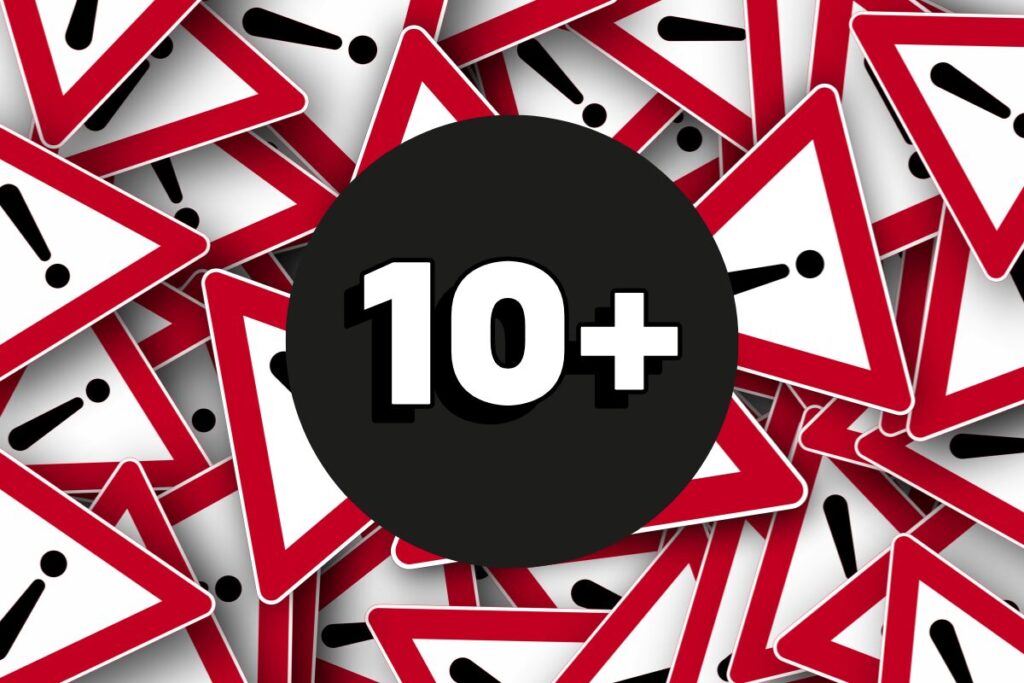
Recognizing the early warning signs of entrepreneurial burnout can mean the difference between a minor course correction and a complete business derailment. These indicators typically appear long before most entrepreneurs acknowledge them, creating opportunities for intervention that are frequently missed. The following warning signs have been identified through research with thousands of entrepreneurs who experienced severe burnout episodes.
1. Your Passion Has Turned to Dread
The most reliable early indicator of entrepreneurial burnout is the emotional shift from enthusiasm to dread. You once bounded out of bed excited about your business; now you find yourself procrastinating on essential tasks and feeling a sense of heaviness when thinking about work. This emotional resistance isn’t laziness—it’s your mind’s protective mechanism signaling that something is fundamentally unsustainable. The psychological distance between you and your business grows as a self-preservation tactic, even as guilt about this disconnection intensifies.
2. Decision-Making Feels Impossible
Decision paralysis is a neurological response to chronic stress. When formerly routine business decisions now feel overwhelming, your prefrontal cortex—responsible for executive function—is literally fatigued. You might find yourself stuck in analysis loops over minor choices or avoiding decisions altogether. This cognitive impairment often manifests as constantly seeking more information before making decisions that previously came easily.
The decision fatigue creates a self-reinforcing cycle: postponed decisions pile up, creating greater pressure, which further depletes your mental resources. Many entrepreneurs in this stage report “freezing” when faced with even simple business choices or experiencing unusual indecisiveness in personal matters as well. This cognitive fog directly impacts business performance, though many try to hide or compensate for these struggles.
3. Physical Symptoms That Won’t Go Away
Your body often recognizes burnout before your mind admits it. Persistent headaches, sleep disturbances, digestive issues, and unexplained fatigue are common physical manifestations of entrepreneurial burnout. The stress hormone cortisol, when chronically elevated, creates measurable physiological changes that compound over time. Many entrepreneurs mistake these symptoms for minor health issues rather than recognizing them as interconnected responses to unsustainable business patterns.
4. Your Team Is Walking on Eggshells
Team dynamics often reflect leadership health. When your team becomes unusually cautious around you, delays sharing problems, or seems hesitant to approach you, it’s a clear warning sign of your burnout affecting the wider business. Burned-out entrepreneurs frequently experience emotional dysregulation—snapping at minor issues or becoming withdrawn and uncommunicative. Your team’s behavior serves as a mirror, often reflecting burnout symptoms before you’re willing to acknowledge them yourself.
The ripple effects of leadership burnout can quickly undermine organizational culture. Team members may begin demonstrating decreased initiative, avoiding risk-taking, and developing their own stress responses. This collective anxiety dramatically reduces innovation and problem-solving capacity throughout the organization, creating a downward performance spiral that compounds financial pressure.
5. You’re Stuck in Reactive Mode
Strategic thinking requires mental bandwidth. When constantly putting out fires becomes your default mode, it signals that burnout has compromised your ability to operate proactively. This reactivity trap creates a self-perpetuating cycle—each day spent responding to emergencies prevents the strategic work that would reduce future emergencies. Many entrepreneurs in this phase report feeling like they’re “drowning” in operational details while larger opportunities and threats go unaddressed.
The shift from proactive to reactive management represents one of the most financially damaging aspects of entrepreneurial burnout. Business growth inevitably stalls when leadership lacks the capacity for forward planning. What makes this warning sign particularly dangerous is how easily it’s rationalized as “just a busy period” rather than recognized as symptomatic of systemic burnout.
6. Your Personal Relationships Are Suffering
When close relationships begin deteriorating, burnout has likely progressed to a critical stage. The emotional depletion that accompanies entrepreneurial burnout often leaves nothing available for personal connections. You might find yourself physically present but mentally absent with loved ones, unable to fully engage or derive joy from previously meaningful interactions. This relationship erosion frequently accelerates burnout by eliminating crucial support systems just when they’re most needed.
The isolation that follows relationship strain creates a dangerous feedback loop, as social connection is one of the most powerful buffers against stress. Many entrepreneurs report that relationship breakdown was the wake-up call that finally prompted them to address their burnout—unfortunately, often after significant damage was done.
7. Small Problems Feel Catastrophic
Emotional resilience diminishes dramatically during burnout progression. Minor setbacks that you previously would have taken in stride now trigger disproportionate emotional responses. This catastrophizing reflects both cognitive distortion and emotional exhaustion—your mental resources are so depleted that even small challenges feel insurmountable. The psychological term “emotional hijacking” describes this state, where your amygdala (emotional brain) overrides your rational assessment capabilities.
This sensitivity to setbacks creates a perception of constant crisis, further depleting your already taxed resources. Many entrepreneurs report experiencing anxiety spirals over routine business fluctuations or minor customer complaints during burnout phases. This distorted risk assessment can lead to poor decision-making exactly when clear thinking is most needed.
8. You’re Using Unhealthy Coping Mechanisms
When self-care is abandoned in favor of unhealthy coping strategies, burnout has reached a dangerous stage. Increased alcohol consumption, reliance on sleeping aids, comfort eating, or other escapist behaviors often emerge as entrepreneurs attempt to manage overwhelming stress. These maladaptive coping mechanisms provide temporary relief while creating additional health problems that compound burnout symptoms.
The progression from occasional indulgence to dependency can be subtle. Many entrepreneurs don’t recognize their shifting relationship with these substances or behaviors until patterns are firmly established. This dependence further compromises decision-making and emotional regulation, creating yet another damaging cycle that accelerates burnout progression.
9. Your Business Results Are Declining
By the time burnout impacts measurable business metrics, the condition has typically been present for months. Declining sales, customer complaints, missed deadlines, and cash flow problems often reflect the culmination of deteriorating performance across multiple dimensions. The cognitive impairment, emotional dysregulation, and physical exhaustion of burnout inevitably manifest in business outcomes, though many entrepreneurs attempt to attribute these declines to external factors rather than their own depleted state.
This performance decline typically accelerates as entrepreneurs attempt to compensate by working even harder—a strategy that only deepens burnout. The financial pressure created by declining results adds another layer of stress, creating a particularly dangerous spiral for business sustainability. Many businesses fail not because their model was flawed, but because founder burnout prevented effective execution.
10. You Can’t Remember Why You Started
Perhaps the most profound warning sign is disconnection from your foundational purpose. When you can no longer access the passion and meaning that initially drove your entrepreneurial journey, burnout has reached its most existential phase. This purpose amnesia reflects not just fatigue but a fundamental alienation from your own values and vision. Many entrepreneurs in this stage report feeling like they’re “going through the motions” in a business that no longer feels like their own.
This disconnection from purpose represents burnout’s most insidious effect—it doesn’t just deplete your energy, it erodes your very identity as an entrepreneur. The resulting crisis of meaning can’t be resolved through simple rest or stress management techniques. It requires a deeper reconnection with core values and vision.
Entrepreneurial Burnout Recovery: 7 Immediate Relief Strategies
When burnout reaches crisis levels, you need rapid interventions before attempting any longer-term solutions. These emergency strategies provide immediate relief by interrupting burnout cycles and creating space for recovery. While they don’t solve underlying issues, they can pull you back from the brink of complete collapse and enable more sustainable healing.
1. The 24-Hour Business Detox
Complete disconnection from business operations for 24 hours can reset stress response systems and interrupt rumination cycles. This isn’t a luxury but a neurological necessity when burnout reaches crisis levels. The key is making this period truly complete – no checking emails, no business calls, no problem-solving, and especially no guilt about taking this essential recovery time. For many entrepreneurs, this requires overcoming significant psychological barriers around control and indispensability.
Structure this detox by creating explicit handoff protocols for urgent matters, setting appropriate expectations with clients and team members, and planning activities that facilitate genuine mental disengagement. Physical distance from your work environment significantly enhances the effectiveness of this intervention. The neurological reset from even a single day of complete disconnection can provide sufficient clarity to begin implementing more comprehensive recovery strategies.
2. Emergency Delegation Protocol
Identify three to five tasks consuming disproportionate mental and emotional energy and delegate them immediately, even if imperfectly. Crisis-level burnout requires radical task shedding to create recovery capacity. This emergency delegation differs from ideal delegation practices – the goal isn’t perfection but rapid relief from your most draining responsibilities. Many entrepreneurs discover that tasks they considered impossible to delegate are managed adequately by others when necessity demands it.
Create simple handoff documents with only the essential information required for basic task completion. Accept that the standard may temporarily drop – this short-term quality trade-off prevents the much larger performance collapse that comes with complete burnout. Consider hiring temporary support or using fractional services for specialized functions where internal delegation isn’t possible.
3. Sleep Reset Technique
Sleep disruption both causes and results from entrepreneurial burnout, creating a particularly dangerous feedback loop. Breaking this cycle requires a deliberate sleep reset protocol focused on sleep quantity before addressing quality issues. For three consecutive nights, create conditions for 9-10 hours of potential sleep time – even if you don’t sleep the entire period, the extended rest opportunity allows your nervous system to begin recalibration.
Remove all business-related technology from your sleeping environment, eliminate screen exposure for at least 90 minutes before bed, and consider temporary sleep aids if recommended by a healthcare provider. This sleep reset directly addresses the neurochemical imbalances that fuel burnout symptoms, creating a foundation for further recovery work. Many entrepreneurs report that improved sleep alone reduced their perceived burnout severity by 30-40%.
4. Physical Intervention Plan
The mind-body connection works both ways – physical interventions can create rapid improvements in mental and emotional burnout symptoms. High-intensity exercise shows particular efficacy for burnout relief, with even a single 30-minute session significantly reducing cortisol levels and improving cognitive function. The key is selecting activities with sufficient intensity to trigger endorphin release while remaining accessible during low-energy states.
Complement exercise with targeted nutrition interventions that address common burnout-related deficiencies. Prioritize anti-inflammatory foods, ensure adequate protein intake, and consider temporary supplements for magnesium, B vitamins, and omega-3 fatty acids if recommended by a healthcare provider. These physical interventions create noticeable symptom relief within 24-48 hours, providing momentum for continued recovery efforts.
5. Digital Boundary Setting
Digital overwhelm frequently exacerbates entrepreneurial burnout, creating constant activation of stress response systems. Implementing immediate and radical digital boundaries can provide significant relief during burnout crisis. Delete non-essential apps from your phone, disable all non-critical notifications, establish specific technology-free periods each day, and create physical separation between yourself and digital devices during recovery times.
Communicate these new boundaries clearly to team members, clients, and family, establishing realistic expectations for your responsiveness. While this adjustment may create initial discomfort for others accustomed to instant access, it establishes essential conditions for your recovery. Many entrepreneurs find that these emergency digital boundaries evolve into permanent practices as they experience the benefits of controlled information flow.
6. Rapid Support Network Activation
Isolation intensifies burnout symptoms and prevents access to perspective that could facilitate recovery. Activating your support network during burnout crisis requires overcoming the common entrepreneurial resistance to vulnerability. Identify three specific individuals – ideally including at least one fellow entrepreneur, one mental health professional, and one person completely outside your business context – and initiate direct conversations about your burnout experience.
Be explicit about what support you need, whether that’s practical assistance, emotional processing, or simply non-judgmental listening. This network activation counters the shame and isolation that frequently accompany entrepreneurial burnout while providing access to resources and perspectives beyond your current capacity. Many entrepreneurs report that these initial vulnerability conversations were turning points in their recovery journeys.
7. Permission to Pause
Perhaps the most challenging but essential crisis intervention is giving yourself explicit permission to pause growth initiatives and focus exclusively on stabilization. This psychological shift from expansion to consolidation directly addresses the achievement addiction that underlies many burnout cases. Document this permission formally, creating a written “recovery contract” with yourself that authorizes maintenance mode for a specific timeframe.
Share this decision with key stakeholders, framing it as a strategic choice to ensure long-term sustainability rather than a failure or weakness. This permission creates psychological safety for implementing other recovery strategies without the additional stress of growth expectations. The resulting stability often preserves more business value than pushing for growth from a burnout state, which typically leads to costly mistakes and missed opportunities.
Business Systems That Prevent Future Burnout
Sustainable entrepreneurship requires moving beyond personal recovery tactics to implement business systems that structurally prevent burnout recurrence. These systemic changes address root causes rather than symptoms, creating organizational resilience that doesn’t depend solely on your personal discipline or boundaries. When properly implemented, these systems allow business growth without corresponding increases in founder stress.
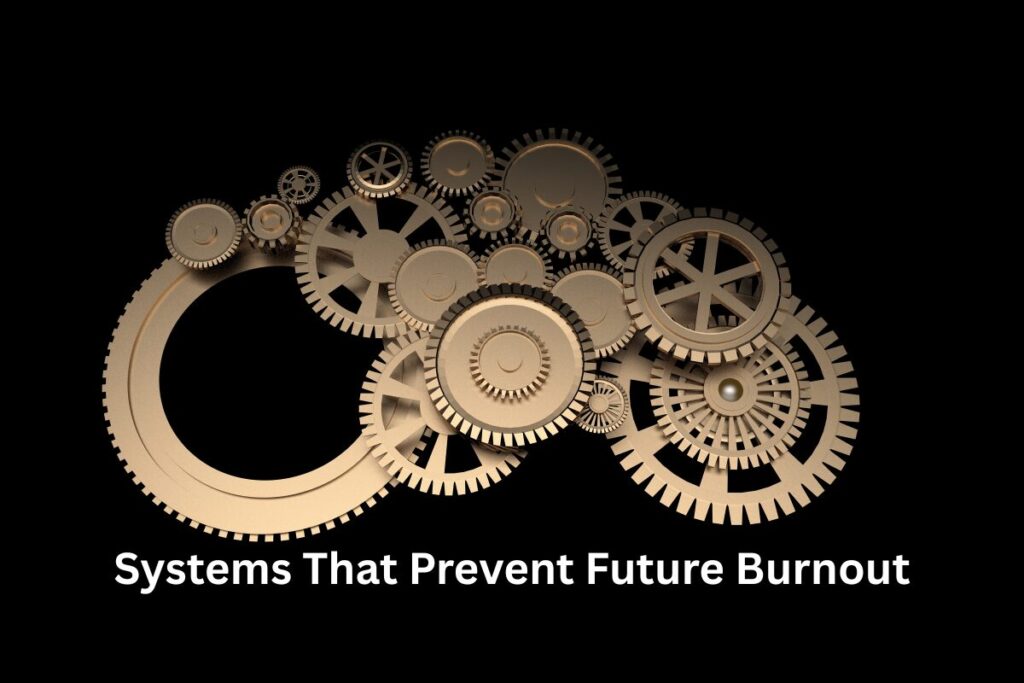
Automated Decision Frameworks
Decision fatigue represents one of the most significant burnout accelerators for entrepreneurs. Implementing structured decision frameworks dramatically reduces this cognitive load while improving decision quality. Create explicit criteria for common decision categories (hiring, client selection, resource allocation, etc.) that can be applied without your direct involvement in every case. Document these frameworks in decision trees or rubrics that team members can follow independently.
Establish clear thresholds for decisions that genuinely require your input versus those that can be handled through established frameworks. Many entrepreneurs discover that 70-80% of decisions previously occupying their attention can be systematized without sacrificing quality. This automation creates substantial cognitive space while actually improving organizational consistency.
Delegation That Actually Works
Failed delegation attempts often contribute to entrepreneurial burnout, creating additional stress rather than relief. Effective delegation requires more initial investment but delivers exponential returns in reduced burnout risk. Develop role clarity documents that explicitly outline decision rights, communication expectations, and performance metrics for each responsibility area. Create progressive delegation pathways that gradually increase autonomy as team members demonstrate capability, rather than binary all-or-nothing transfers of responsibility.
Implement regular delegation reviews to identify friction points and refinement opportunities, treating delegation as a systematic business process rather than a personal leadership skill. This structured approach transforms delegation from a perpetual source of disappointment to a reliable burnout prevention system. Many entrepreneurs report that effective delegation ultimately became their most valuable burnout recovery investment.
Meeting and Communication Protocols
Information overwhelm and fragmented attention significantly contribute to entrepreneurial burnout. Implementing structured communication protocols creates boundaries that protect cognitive resources while improving organizational clarity. Establish clear categorization for communication urgency, with explicit definitions of what constitutes an emergency requiring immediate attention versus issues that can be addressed in batch processing. Create dedicated channels for different communication types, preventing the cognitive switching costs of context mixing.
Redesign meeting structures to eliminate unnecessary founder participation, creating tiered meeting systems where only decisions requiring your specific expertise include your attendance. Document standard meeting processes that ensure productivity without your facilitation, including preparation requirements, decision protocols, and accountability mechanisms. These communication structures often reduce entrepreneur information processing requirements by 40-60% while improving organizational clarity.
Profit-First Financial Structure
Financial stress consistently ranks among the top burnout triggers for entrepreneurs. Implementing a modified Profit First financial structure creates psychological safety while ensuring business sustainability. Establish separate accounts for tax obligations, owner compensation, operating expenses, and profit distributions, with automated transfers maintaining these allocations. This structural approach prevents the feast-or-famine cycles that drive chronic financial anxiety.
Set clear profitability targets as prerequisites for growth initiatives, ensuring business expansion doesn’t come at the expense of financial stability. Develop explicit criteria for evaluating opportunity costs, including the value of your time, attention, and wellbeing in financial calculations. This systematic approach transforms financial management from a persistent stressor to a structural safeguard against burnout.
Client Selection Filters
Problematic client relationships frequently trigger or intensify entrepreneurial burnout. Developing systematic client selection filters prevents these energy-draining engagements before they begin. Create explicit ideal client profiles that include behavioral and relationship factors alongside traditional qualification criteria. Implement a staged onboarding process that allows evaluation of fit before full commitment, identifying potential issues while disengagement remains relatively simple.
Establish clear policies for addressing client relationship problems, including specific intervention thresholds and exit procedures when necessary. Train team members to recognize warning signs and implement these protocols without requiring your direct involvement in every case. This systematic approach prevents the accumulation of energy-draining relationships that significantly contribute to founder burnout.
Wrap-up
Entrepreneurial burnout isn’t a character flaw or a sign of weakness – it’s a predictable response to unsustainable business practices and lifestyle choices. The 10 warning signs we’ve explored serve as your early warning system, while the recovery strategies provide your roadmap back to passionate, purposeful entrepreneurship.
Remember, your business is only as strong as its leader. When you’re running on empty, every decision becomes harder, every challenge feels insurmountable, and your vision becomes clouded by exhaustion. But when you prioritize your well-being, you unlock sustainable success that benefits not just you, but your team, customers, and family.
The entrepreneurs who build lasting legacies aren’t those who work the most hours – they’re those who work most intelligently while maintaining their health, relationships, and sense of purpose. Recovery isn’t about slowing down; it’s about speeding up in a sustainable way.
Don’t wait for burnout to force you into recovery. Take action today by honestly assessing your current state using the warning signs checklist. If you recognize yourself in these symptoms, know that seeking help is a sign of strength, not weakness.
Your entrepreneurial journey should energize you, not drain you. Which recovery strategy will you implement first? Your future self – and your business – depend on the choices you make today. Choose sustainability, choose well-being, and choose a version of success that you can actually enjoy!
